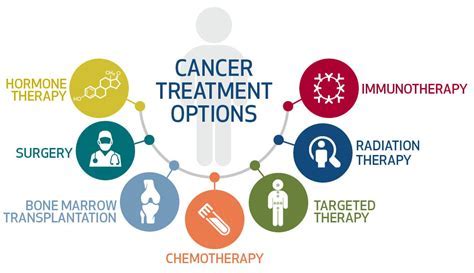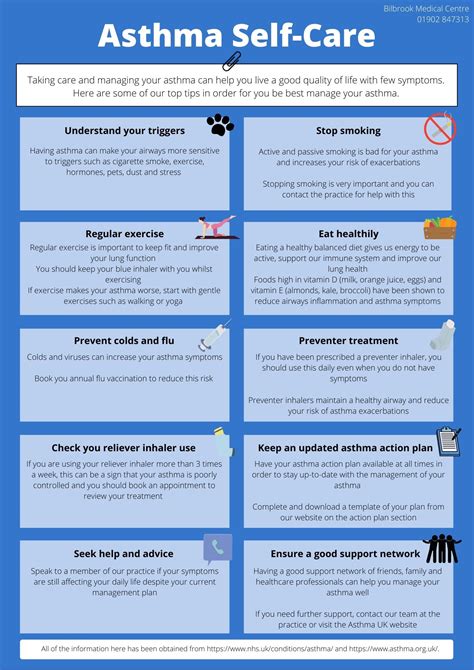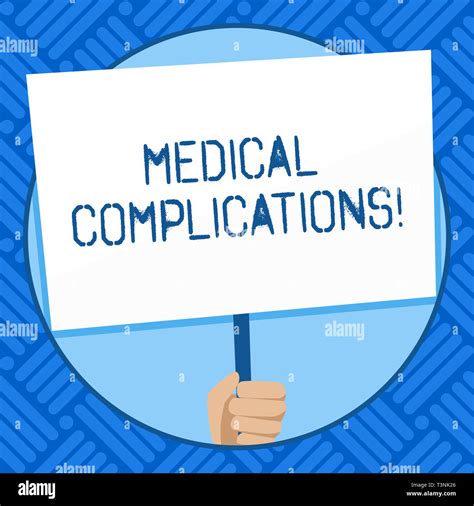Intro
Superficial thrombophlebitis, a condition characterized by the formation of a blood clot in a vein close to the surface of the skin, can be a painful and potentially serious health issue. The condition often presents with symptoms such as redness, warmth, and tenderness along the affected vein, and can be triggered by a variety of factors including injury, infection, and certain medical conditions. Understanding the treatment options available for superficial thrombophlebitis is crucial for managing the condition effectively and preventing potential complications.
The importance of seeking medical attention for superficial thrombophlebitis cannot be overstated, as the condition can increase the risk of developing more serious health issues, such as deep vein thrombosis (DVT) or pulmonary embolism. Furthermore, timely and appropriate treatment can help alleviate symptoms, reduce the risk of recurrence, and improve overall quality of life. With the advancement in medical technology and the development of new therapeutic approaches, individuals affected by superficial thrombophlebitis have a range of treatment options to consider, each with its own benefits and potential drawbacks.
The management of superficial thrombophlebitis typically involves a combination of self-care measures, medications, and in some cases, medical procedures. Healthcare providers may recommend elevating the affected limb, applying warm compresses, and taking over-the-counter pain medications to help manage symptoms. In addition to these conservative measures, various treatment options are available, ranging from pharmacological interventions to surgical interventions, each tailored to the specific needs and circumstances of the individual. By exploring these treatment options in depth, individuals can make informed decisions about their care and work collaboratively with their healthcare providers to develop an effective treatment plan.
Understanding Superficial Thrombophlebitis

Causes and Risk Factors
The causes and risk factors associated with superficial thrombophlebitis are diverse and can include a range of medical conditions, lifestyle factors, and environmental influences. Certain medical conditions, such as cancer, inflammatory bowel disease, and autoimmune disorders, can increase the risk of developing superficial thrombophlebitis. Additionally, lifestyle factors, such as smoking, obesity, and physical inactivity, can also contribute to the development of the condition. Understanding these causes and risk factors is crucial for preventing the condition and reducing the risk of recurrence.Treatment Options for Superficial Thrombophlebitis

Pharmacological Interventions
Pharmacological interventions, such as anti-inflammatory medications and anticoagulants, can play a crucial role in the management of superficial thrombophlebitis. Anti-inflammatory medications, such as ibuprofen and aspirin, can help reduce pain and inflammation, while anticoagulants, such as heparin and warfarin, can help prevent the formation of new blood clots. The choice of pharmacological intervention will depend on the specific circumstances of the individual and the severity of the condition.Surgical Interventions
Surgical interventions, such as vein stripping and ligation, may be necessary in some cases of superficial thrombophlebitis. These procedures involve the removal or tying off of the affected vein, which can help reduce the risk of recurrence and prevent potential complications. Surgical interventions are typically reserved for more severe cases of superficial thrombophlebitis, where pharmacological interventions have been ineffective or the condition is causing significant symptoms.Self-Care Measures and Lifestyle Interventions

Dietary Interventions
Dietary interventions, such as increasing consumption of fruits, vegetables, and whole grains, can also play a role in the management of superficial thrombophlebitis. A healthy diet can help reduce inflammation, improve circulation, and support overall health. Additionally, certain nutrients, such as omega-3 fatty acids and vitamin C, may have anti-inflammatory properties and can help reduce the risk of recurrence.Complications and Prevention

Future Directions and Emerging Treatments
Emerging treatments and future directions for the management of superficial thrombophlebitis include the development of new pharmacological interventions, such as direct oral anticoagulants, and the use of minimally invasive surgical procedures. These advancements have the potential to improve treatment outcomes, reduce the risk of complications, and enhance quality of life for individuals affected by superficial thrombophlebitis.Conclusion and Final Thoughts

We invite readers to share their thoughts and experiences with superficial thrombophlebitis in the comments section below. Have you or a loved one been affected by this condition? What treatment options have you found to be most effective? Share your story and help raise awareness about this important health issue.
What are the symptoms of superficial thrombophlebitis?
+The symptoms of superficial thrombophlebitis can include pain, redness, and swelling along the affected vein, as well as warmth and tenderness to the touch.
How is superficial thrombophlebitis diagnosed?
+Superficial thrombophlebitis is typically diagnosed through a physical examination and medical history, although imaging tests such as ultrasound or CT scans may be used to confirm the diagnosis.
What are the potential complications of superficial thrombophlebitis?
+The potential complications of superficial thrombophlebitis can include deep vein thrombosis, pulmonary embolism, and post-thrombotic syndrome, highlighting the importance of seeking medical attention promptly if symptoms persist or worsen.
